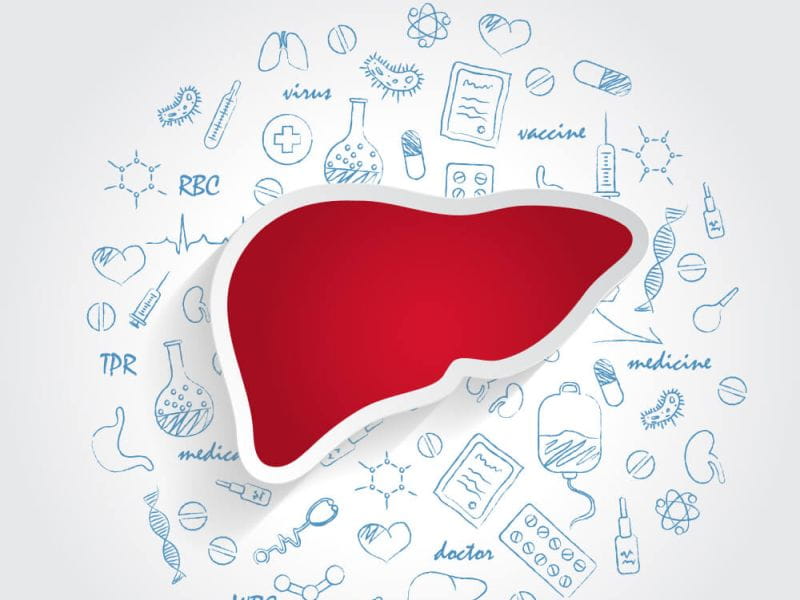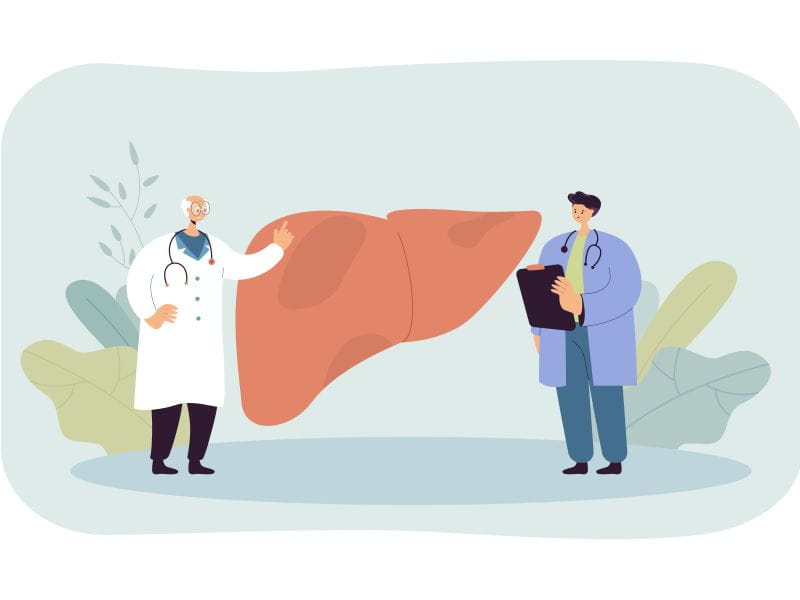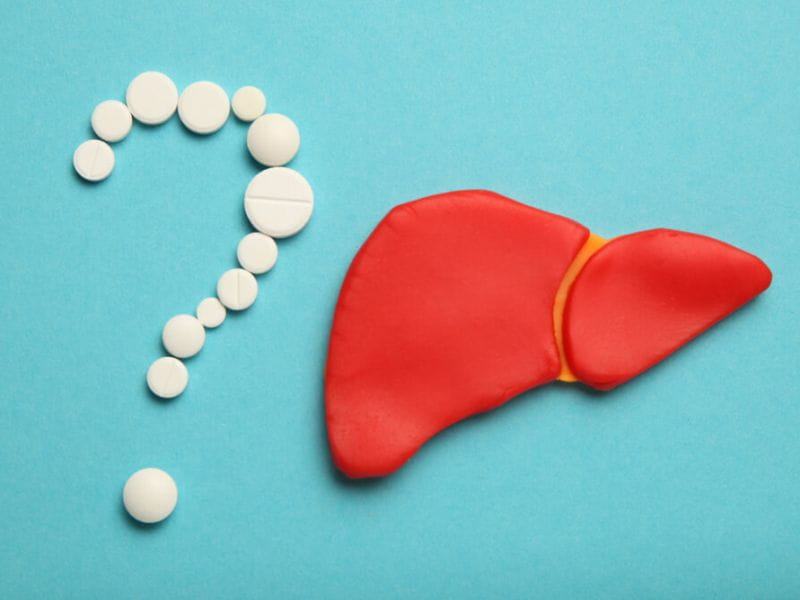According to NOTTO (National Organ and Tissue Transplant Organisation), the one-year survival rate for liver transplants in India is 89-91%, with the five-year survival rate being 76-78%. It clearly indicates that the success rate of liver transplants in India is pretty high.
Recent statistics show India’s liver transplant success rate is about 89%1. An estimated 2 lac patients die of liver failure or liver cancer annually in India, about 10-15% of which can be saved with a timely liver transplant. Hence about 25-30 thousand liver transplants are needed annually in India, but only about one thousand five hundred are being performed.
The success rate of liver transplants in India is credited to a variety of factors. Firstly, India has a well-developed medical infrastructure capable of providing high-quality medical care. Secondly, Indian doctors and surgeons are highly experienced and skilled in organ transplantation. Thirdly, India has a large pool of potential donors, which makes it easier to find compatible organs for transplantation. Finally, the cost of liver transplants in India is much lower compared to other countries, making it a more affordable option for patients.
Overall, the success rate of liver transplants in India is relatively high. The chances of successful transplantation are pretty good with the proper medical care and an experienced team of doctors and surgeons.
Table of Contents
Factors Affecting The Liver Transplant Success Rate

The liver transplant success rate in India is dependent on several factors. These include pre-operative assessment, post-operative care, type of donor, type of recipient, quality of donor organ, and other factors.
1. Pre-Operative Assessment: It is essential to thoroughly assess the patient before the liver transplant procedure. This includes a medical history, physical examination, laboratory tests, imaging studies, and psychological evaluation. The pre-operative assessment helps to identify any medical conditions that may affect the success of the transplant procedure.
2. Post-Operative Care: The post-operative care of the recipient is essential to ensure the success of the liver transplant procedure. This includes adequate nutrition, monitoring vital signs, and sufficient rest. Follow-up visits are crucial to ensure the recipient is recovering well.
3. Type of Donor: The type of donor is an essential factor in determining the success rate of the transplant. A living donor is preferable to a cadaveric donor, as there is less risk of complications.
4. Type of Recipient: The type of recipient is also a vital factor that determines the success rate of the transplant. The recipient should be healthy, with no pre-existing medical conditions that may affect the success of the transplant.
5. Quality of Donor Organ: The quality of the donor organ is also an important factor in determining the success of the transplant. The donor organ should be healthy, free of infection, and well-preserved.
6. Other Factors: Other factors, such as the experience of the surgeon, the hospital, and the transplant team, are also crucial in determining the success rate of the transplant.
Hence, we can say the success rate of liver transplants in India depends on several factors. These include pre-operative assessment, post-operative care, type of donor, type of recipient, quality of donor organ, and other factors. The success rate of the transplant can be improved by careful assessment and selection of the donor and recipient, as well as providing quality post-operative care.
What Do You Mean By The Success Rate Of Liver Transplants?

The liver transplant success rate is a measure of how successful a transplant is in terms of the long-term survival of the patient who received the organ. It is typically measured in terms of survival rates at one year and five years after the transplant. Success rates for liver transplants vary depending on the donor type, the recipient’s age and medical condition, and other factors. Generally, the success rate for a liver transplant is around 80-90% at one year and 70-80% at five years.
Successful transplants require careful donor-recipient matching and an experienced transplant team. The patient’s age and overall health are essential factors that can affect the success rate of the transplant. Other factors, such as the amount of time the donated organ is kept on ice prior to the transplant, can also affect the success rate.
In addition to the success rate, there is a risk of complications associated with a liver transplant. These can include rejection of the transplanted organ, infection, and other issues. It is essential to discuss the risks and benefits of a liver transplant with your doctor prior to undergoing the procedure.
Rejection Rates After Liver Transplants In India

Rejection rates after liver transplantation in India are much lower than in other countries. This is mainly due to the strict selection criteria and the high quality of care provided in the country.
In general, the rejection rate in India is around 10-15%, which is much lower than the global average of 20-25%. This is due to the extensive pre-transplant screening process that is carried out in India. This includes comprehensive physical examinations, medical history checks, laboratory tests, and imaging studies. In addition, potential liver donors are also evaluated for their risk of developing viral hepatitis, cirrhosis, and other liver diseases.
The success rate of a liver transplant in India also depends on the surgeon’s skill, and the medical team’s experience in providing care is also vital in preventing rejection. This includes careful monitoring of the patient’s condition after the transplant and prompt treatment if any signs of rejection occur.
Overall, the rejection rates after liver transplantation in India are much lower than those seen in other countries due to the stringent selection criteria and the quality of care provided. This results in a higher rate of successful transplants and improved patient outcomes.
How To Prevent Rejection After Liver Transplant In India?

1. Follow your doctor’s instructions: It is important to adhere to your doctor’s instructions regarding medications, diet, and lifestyle modifications. Make sure to take all your medications as prescribed and attend all follow-up appointments.
2. Monitor your medication levels: It’s essential to monitor your levels of immunosuppressant medications, which help reduce the risk of rejection. Make sure to have regular blood tests to check your medication levels.
3. Eat a healthy diet: Eating a balanced diet and avoiding high-fat and high-sugar foods can help keep your liver healthy and reduce the risk of rejection.
4. Exercise regularly: Regular physical activity can help improve your overall health and reduce the risk of rejection.
5. Avoid alcohol and tobacco: Alcohol and tobacco can increase the risk of rejection and should be avoided.
6. Stay away from infections: It’s important to avoid contacting people with infections and always practice good hygiene.
7. Report any symptoms: If you experience any symptoms of rejection, such as fever, fatigue, jaundice, or abdominal pain, contact your doctor immediately.
Conclusion
The success rate of liver transplants in India is improving with the help of advanced technology, skilled medical teams, and better donor matching. The liver transplant success rate in India has improved remarkably over the past few years, with improved patient care and better donor matching. With continued advancements in medical technology, India is well-positioned to lead the way in liver transplantation, providing access to the best quality care and outcomes for patients.












